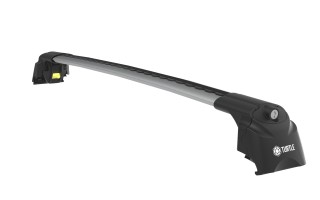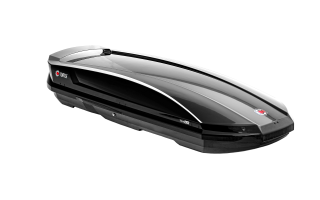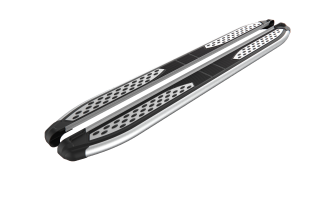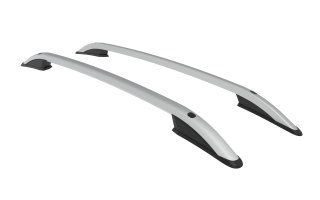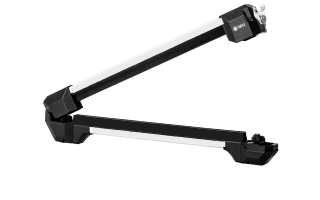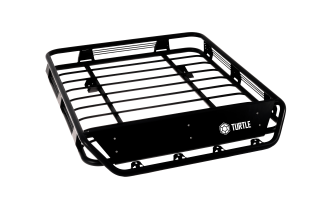The vehicle battery performs many important functions, from starting the engine to powering electrical systems. However, over time, the battery may weaken, malfunction, or completely die. For drivers facing such situations, the most important question is: “Why does a battery fail, and how can it be fixed?”
Why Does the Battery Light Turn On?
The battery light on the dashboard indicates a problem in your vehicle’s electrical system. However, this does not always mean that the battery is completely dead. There are several possible reasons why the battery warning light may illuminate:
- Battery May Be Weak or Dead: If the battery’s charge level is low or completely drained, the vehicle system detects this and lights up the battery warning indicator.
- Alternator Failure: The alternator is the component that charges the battery while the engine is running. If it malfunctions, the battery does not charge sufficiently and the vehicle starts to run only on battery power. In this case, the battery will quickly deplete and the vehicle will stall.
- Broken or Loose Alternator Belt: If the belt that drives the alternator breaks or becomes loose, the alternator cannot charge the battery. This can cause the battery light to turn on.
- Loose or Corroded Battery Cables and Terminals: If the battery cables are loose or if the terminals are corroded, the electrical flow from the battery may be interrupted, causing the battery warning light to illuminate.
Solution:
- Do not turn off the engine immediately, as the alternator may still be charging the battery.
- Check the battery cables and terminals; if there is looseness or corrosion, clean and secure them.
- After turning off the vehicle, try restarting it. If it doesn’t start, your battery may be dead.
- If there’s an issue with the alternator or alternator belt, consult an auto service.
- If the battery light stays on, have a battery test performed to check whether the alternator is properly charging the battery.
What Should the Battery Voltage Be While the Vehicle Is Running?
The vehicle’s battery voltage provides important information about the battery’s condition. Knowing the ideal voltage values for a healthy battery and charging system helps detect potential issues early.
1. Battery Voltage When the Vehicle Is Off (Ignition Off):
- Fully charged battery: 12.6 – 12.8V
- Low-charge battery: 12.0 – 12.4V
- Dead or weak battery: Below 12.0V
2. Battery Voltage When the Vehicle Is Running (Engine On):
- If the alternator is working properly: 13.8 – 14.7V
If the alternator is undercharging: 12.8V or lower - If the alternator is overcharging: 14.8V or higher (can be dangerous and may damage the electrical system)
3. Voltage Value with Headlights, Air Conditioning, and Radio On:
- Normal range: 13.5 – 14.2V
- If it drops below 12.5V: The battery may be weakening, or the alternator may not be charging sufficiently.
Solution: If the voltage drops below 13.8V while the engine is running, there may be a problem with the alternator or the battery. You can diagnose the issue by measuring the voltage with a multimeter or having it tested at an auto service.
How Many Volts Does a Dead Battery Show?
A dead or weak battery will drop below 12.0V. A completely drained battery typically reads 11.5V or lower, and in this state, the vehicle will not start. A healthy battery should measure 12.6 – 12.8V with the engine off. If the voltage has dropped below 12.0V, the battery is weak and likely needs recharging.
When the battery voltage drops below 11.5V, it means the battery is completely discharged and may not return to full capacity even if recharged. In such a case, jump-starting can offer a temporary fix, but if the battery is at the end of its life, replacement becomes inevitable. Cold weather, especially in winter, can cause the voltage to drop more rapidly, so it’s important to monitor battery health regularly.
If you suspect your car battery is dead, you can check its status accurately with a multimeter. If low voltage is detected, the battery should be recharged or replaced.
How Does a Car with a Dead Battery Start?
The most common way to start a car with a dead battery is by jump-starting it. This involves using jumper cables to draw power from a working vehicle, temporarily recharging the dead battery so the car can start. Once the car is started, the alternator begins charging the battery. However, if the battery is completely worn out or the alternator is faulty, jump-starting is only a short-term solution and battery replacement may be necessary.
If jump-starting isn’t an option, manual transmission vehicles can be started by pushing the car or using a downhill slope to engage the clutch in gear, which turns the engine and activates the alternator. This method is not suitable for automatic transmission cars, as they require a mechanical connection that pushing cannot provide.
After starting a car with a dead battery, it’s important to let the engine run for a while to allow the battery to recharge. However, if the battery loses power again soon after, it likely means the battery can no longer hold a charge and needs to be replaced. If frequent battery failure occurs, you should have both the alternator and battery checked at an auto service center.
How to Jump-Start a Car Battery
Jump-starting a battery is a process where power is transferred from a working vehicle to a dead or weak battery using jumper cables. This procedure can be risky if not done correctly, potentially damaging the vehicle’s electrical system. To safely jump-start a battery, follow the steps below:
1. Prepare the Required Equipment
- A pair of jumper cables (red and black cables)
- A running vehicle (donor car)
2. Position the Vehicles Correctly
Park the two vehicles close to each other, but make sure they are not touching. Open the hoods of both cars and turn off the ignition in both.
3. Connect the Jumper Cables
Follow this sequence when connecting the cables:
- Connect the red (+) cable to the positive terminal of the dead battery.
- Connect the other end of the red (+) cable to the positive terminal of the donor battery.
- Connect the black (–) cable to the negative terminal of the donor battery.
Connect the other end of the black (–) cable to a metal surface on the engine block or chassis of the dead car (not directly to the battery terminal, as it can cause sparks).
4. Start the Vehicle and Charge the Battery
First, let the working vehicle idle for 5–10 minutes so the dead battery can charge slightly. Then, try to start the car with the dead battery.
5. Disconnect the Cables Safely
If the car starts, disconnect the jumper cables in reverse order:
- Remove the black (–) cable from the metal surface.
- Remove the black (–) cable from the working battery’s negative terminal.
- Remove the red (+) cable from the dead battery’s positive terminal.
- Remove the red (+) cable from the working battery’s positive terminal.
After starting the vehicle, let the engine run for at least 20–30 minutes without turning it off so the battery can recharge.
If the battery dies again after jump-starting, it’s likely that the battery has reached the end of its life or the alternator is not functioning properly. In this case, you should replace the battery or have it checked by a mechanic.
How to Connect Jumper Cables
Jumper cables are essential tools for starting a vehicle with a dead battery. Incorrectly connecting the cables can damage the car’s electrical system and pose serious safety risks. Therefore, connecting them in the correct order is crucial.
Steps to Connect Jumper Cables
Position the vehicles:
- Park the vehicles close to each other without touching.
- Turn off the ignitions and apply the handbrakes on both vehicles.
Connect the red (+) cable:
- First, connect one end of the red cable to the positive (+) terminal of the dead battery.
- Then connect the other end of the red cable to the positive (+) terminal of the working battery.
Connect the black (–) cable:
- Connect one end of the black cable to the negative (–) terminal of the working battery.
- Connect the other end of the black cable to a metal surface (engine block or chassis) on the vehicle with the dead battery.
Warning: Do not connect the black cable directly to the negative terminal of the dead battery. This may cause sparks and damage the battery.
Start the vehicles:
- First, start the working vehicle and let it idle for 5–10 minutes.
- Then, try starting the vehicle with the dead battery.
Remove the cables (in reverse order):
- Remove the black (–) cable first from the metal surface, then from the working battery.
- Remove the red (+) cable first from the dead battery, then from the working battery.
- Keep the vehicle running for at least 20–30 minutes:
- To allow the battery to fully recharge, keep the engine running and drive the vehicle without turning it off.
Important warnings:
- Incorrect cable connection can damage the battery and vehicle’s electronic system.
- If sparks appear or the cables overheat during the process, immediately check the connections.
If the jump-start fails, the battery may be completely dead and may need replacement.


